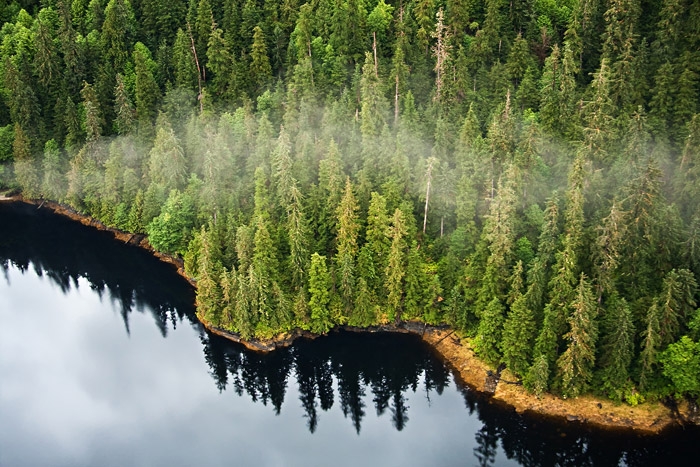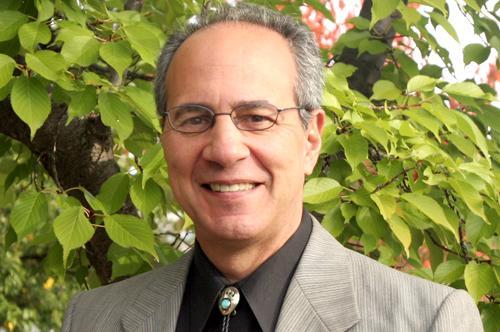
Some conservationists want President Obama’s climate change agenda to include Southeast Alaska’s rain forest.
The Oregon-based Geos Institute released a study last week pointing to the Tongass National Forest’s role in combatting global warming.
Chief Scientist Dominick DellaSala says old-growth Tongass trees help fight climate change.
“They are some of the most carbon-dense forests in the world. And so, as they’re sucking up that carbon dioxide from the atmosphere and they grow for centuries they hang onto that carbon and keep it from going back up,” he says.
The study’s release is timed to coincide with Obama’s Alaska trip later this month. He’s scheduled to visit communities affected by climate change and address an international conference.
The president plans no stops in Tongass communities.
The Geos Institute study shows the Tongass will fare better than other West Coast forests as temperatures rise.

DellaSala says that’s because Southeast Alaska is cooler and wetter than other coastal rain forests in the Pacific Northwest, British Columbia and Alaska.
“As the climate heats up further south in the rain forest region, for instance, down in the redwoods, we will see species losing their preferred habitat and potentially going extinct,” he says. “But on the Tongass, as long as they can find habitat as the climate changes on them, they should be able to get through the coming climate change storm that we’re seeing all over the planet right now.”
The study is part of a larger push to end old-growth logging in the Tongass.
The Forest Service has made that a priority, but DellaSala and other activists say it’s taking too long.
“What we would like to see the White House do is speed up the process. Because we think they could get to the starting line, get out of old-growth logging and into the second-growth, faster than what everybody’s been saying,” he says.
The report predicts Sitka spruce, western hemlock and red cedar will be least affected by warming temperatures.
But yellow cedar, mountain hemlock and coastal redwoods will lose significant habitat over the next 60 or so years.
Yellow cedar are already in decline. Their shallow roots need snow to protect them from freezing, and less snow is staying on the ground.
DellaSala will speak about Tongass issues at 7 p.m. Monday, Aug. 24, at Juneau’s Silverbow Bakery. The event is sponsored by the Southeast Alaska Conservation Council.
